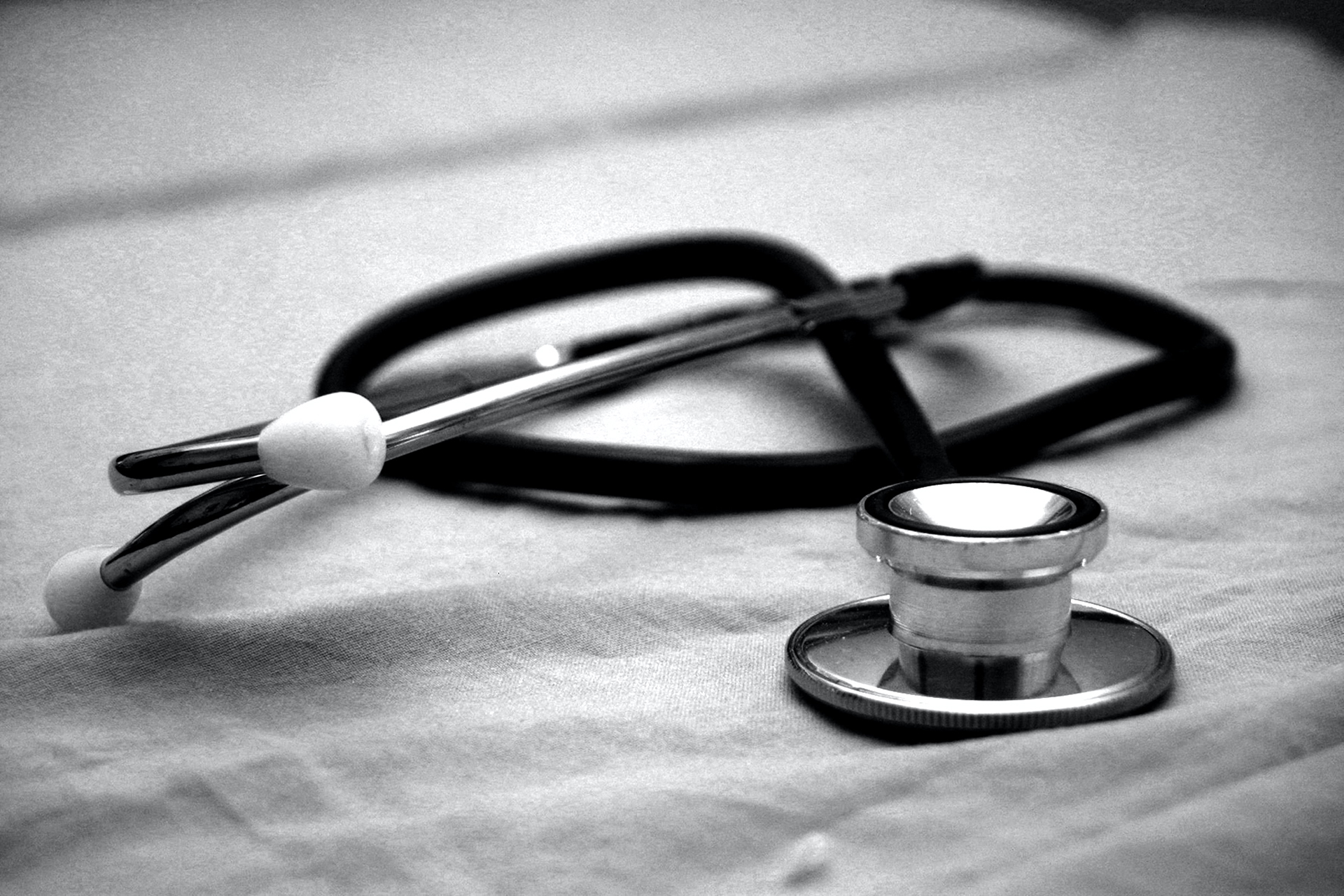Return to flying following abdominal surgery depends on the pilot being able to sit comfortably for long periods and undertake physical activity such as evacuating the aircraft in an emergency, the risk of complications arising when ready access to hospital care is not available and complications directly due to the aviation environment, the most important being reduced atmospheric pressure. Gas expansion in the gut can cause pain, possibly associated with vasovagal syncope, gut perforation, loss of integrity of surgical repair or anastomosis and acute haemorrhage. Air trapped in the peritoneal cavity following laparotomy is absorbed within one week and carbon dioxide following laparoscopy within 24 hours.
A pilot can normally be considered fit for Class 1 and 2 certification 2-3 months after major abdominal surgery such as hysterectomy or colectomy depending on full symptomatic recovery and satisfactory post-operative follow-up.
Less time is required after laparoscopic procedures because there has usually been less tissue damage. Flying can resume one week after diagnostic laparoscopy if symptoms of the underlying condition permit and 3-4 weeks after more major laparoscopic procedures such as inguinal hernia repair or cholecystectomy.
Following lower gastrointestinal tract endoscopy with biopsy or polypectomy a pilot should not fly for at least 48 hours and should advise their AME of the procedure.

